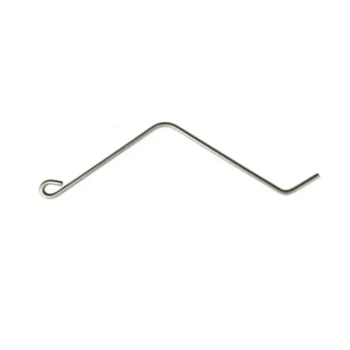Beyond the honey, the most versatile and valuable product harvested from a beehive is beeswax. This natural wax, produced by bees to build their honeycomb, has a vast range of applications far outside the kitchen, from creating high-quality skincare products and candles to conditioning and protecting household items.
While honey is the hive's primary food product, its structural foundation—beeswax—is a remarkable secondary resource. Understanding its properties and uses allows a beekeeper to utilize the full productive capacity of their colony.

The Two Worlds of Beeswax: Personal Care and Home Use
Beeswax's unique chemical properties make it a prized ingredient in two distinct categories: products for the body and products for the home. Its malleability, pleasant scent, and natural protective qualities are the source of its value.
Applications in Skincare and Cosmetics
Beeswax is a cornerstone of many natural beauty and skincare formulations. Its ability to act as a barrier while still allowing the skin to breathe is a key benefit.
The references highlight its favor in beauty products due to its antimicrobial properties and being a low skin irritant. This makes it an ideal base for products like lotions, soaps, and lip balms.
Applications in Household and Workshop
Beyond personal care, beeswax provides a natural and non-toxic alternative for maintaining various household goods. It can be used to create wax food wraps, a reusable and sustainable alternative to plastic wrap.
Its protective qualities also make it perfect for crafting wood furniture polish or cutting board conditioner, which helps seal the wood from moisture and bacteria. Of course, it is also a classic material for making high-quality, slow-burning candles.
Understanding the Trade-offs of Harvesting
While beeswax is a valuable byproduct, harvesting it is not a "free" resource. It requires careful consideration of the colony's health and additional work for the beekeeper.
The Impact on the Colony
Bees expend a tremendous amount of energy to produce wax. It is estimated that bees consume 6-8 pounds of honey to produce just one pound of wax.
Therefore, a beekeeper must be careful not to harvest too much comb. Aggressive wax harvesting can stress a colony by forcing them to redirect energy from foraging and brood-rearing to rebuilding their home.
The Rendering Process
Raw beeswax, scraped from frames or cappings, is full of impurities like honey residue, pollen, and propolis. It must be rendered—a process of melting and filtering—to become the clean, usable wax block found in finished products.
This process requires dedicated equipment and time, adding another layer of work beyond the honey harvest itself. The quality of the final product is directly dependent on the thoroughness of the rendering process.
Making the Right Choice for Your Goals
Deciding to harvest and process beeswax depends entirely on your objectives as a beekeeper.
- If your primary focus is personal use or crafting: Harvesting small amounts of beeswax provides a rewarding, sustainable source for DIY projects like balms, polishes, and candles.
- If your primary focus is commercial production: Adding rendered beeswax to your product line can create a valuable secondary income stream that complements honey sales.
Ultimately, viewing a beehive as a producer of both food and raw materials unlocks its full potential.
Summary Table:
| Beeswax Application | Key Benefit | Common Uses |
|---|---|---|
| Skincare & Cosmetics | Antimicrobial, low skin irritant | Lip balms, lotions, soaps |
| Household & Workshop | Natural, protective barrier | Wood polish, wax food wraps, candles |
Ready to maximize your hive's productivity?
HONESTBEE supplies commercial apiaries and beekeeping equipment distributors with the high-quality tools needed for efficient harvesting and processing of both honey and beeswax. From extraction equipment to wax rendering supplies, we help you build a profitable and sustainable operation.
Contact our wholesale experts today to discuss your supply needs and unlock the full potential of your hives.
Visual Guide

Related Products
- Manual Beeswax Flat Sheet Machine for Beeswax Processing
- Electric Flatting and Embossing Machine with Tray for Beekeeping
- Electric Beeswax Foundation Machine With Operating Tray and Wax Foundation Roller
- Honey Wax Separating Wax Press with Metal Screw Wax Separator Machine
- Stainless Steel Manual Honey Press with Guard for Pressing Honey and Wax
People Also Ask
- What are the benefits of using a machine to produce beeswax foundation sheets? Achieve Superior Hive Health & Efficiency
- What additional preparation is needed for the work area when making beeswax sheets? Set Up a Professional Production Line
- How does the beeswax flatting and embossing machine prepare the wax for processing? Achieve Perfectly Uniform Wax Sheets
- What precautions should be taken during the milling of wax sheets? A Guide to Producing Flawless Foundation
- What are some uses for rendered beeswax? Unlock its Versatility for Crafts, Cosmetics & More



















